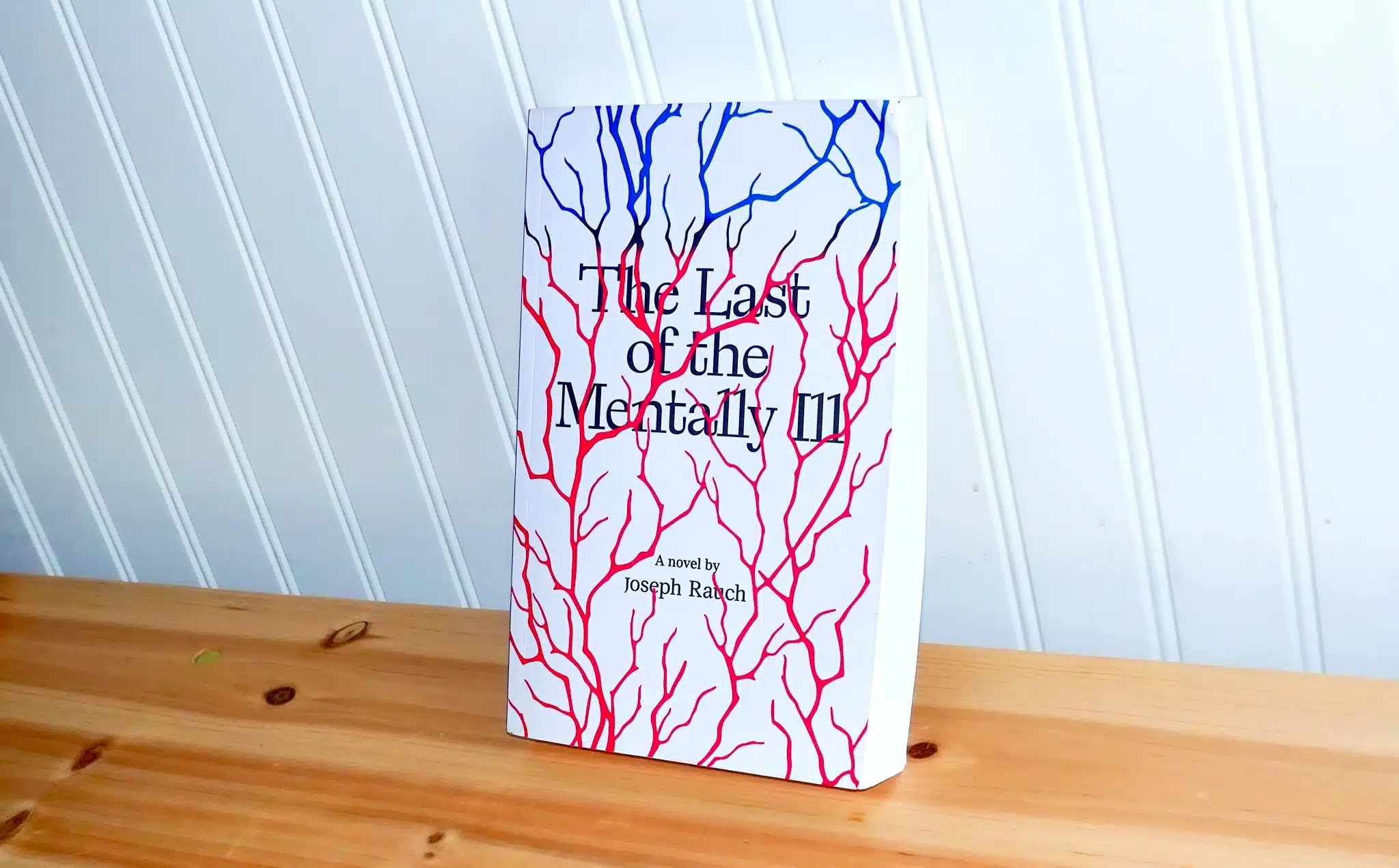TLDR
As a writer and editor with more than a decade of experience contributing to and managing several types of publications, I have unique insights on the medium of text-based media outlets. Now that I’ve finally launched my own publication, I thought it would be interesting to use it as a lens to explore the issues of credibility, bias and elitism in the world of written content. I also saw an opportunity to practice one of my most important brand values: transparency.
Where does The Rauch Review fit in this world? How does its publication type affect your experience as a reader and consumer? How are you going to judge its credibility and — by extension — my own?
Defining the 3 Types of Publications
Broadly speaking, I believe there are three types of text publications:
- Traditional Publications: The New York Times, The Paris Review, etc.
- Brand Publications: unnamed and named blogs such as The Rauch Review (both corporate and personal), publication websites that are separate from the brand they promote
- Special Interest Publications: one-off unbranded magazines about a specific topic (here’s an example I wrote)
These publication types have many qualities in common, namely editorial gatekeeping. To publish content in them, contributors need to establish a professional relationship with at least one editor who has sufficient sway.
I consider sites like Medium and Substack, where anyone can publish, platforms first and publications second. If you’ve read my article about the false prestige of fancy bylines, you’ll know I’m not trying to put these places down. I have published some of my best articles on Medium. Based on my experience, the word, “publication,” has a connotation of editorial gatekeeping, and Medium’s gates are open to almost everyone in the world.
Financial Model Differences
Traditional publications make money by hosting ads and sponsored content (an article someone paid to write and publish so they can use the content for promotional purposes), and acquiring paid subscribers. Sometimes a paid subscription is required to read any content; other times the publication employs the freemium strategy of offering a mixture of free content available to anyone vs. content blocked by a paywall. Premium subscribers get full access, and they often receive perks.
Brand publications usually don’t have ads (at least not for other products and companies), paid subscription options or paywalls. You read everything for free and without invasive ads, but of course there’s a catch: We have a product related to what you’re reading, and we want you to buy it. Even in the case of nonprofits, they are also brands. When they invest in content, it’s because they want to drive more donations, investors and unpaid interns/volunteers.
Content marketing is an umbrella term that includes text-based brand publications. Regardless of the role I took on, my entire employee career was in content marketing. I have contributed to traditional publications, but I haven’t managed them.
Then there’s the special interest publications, which I have both contributed to and managed. These are usually magazines people purchase at big chain retail stores. As far as I know, taking a cut of the magazine’s marked-up price is the only way these publications make money.
What Kind of Brand Publication is The Rauch Review, and What Are Its Strengths and Weaknesses?
Earlier I mentioned “named blogs.” The Rauch Review falls into this category.
“Blog” has so many connotations. I don’t want to stuff a second article into this narrative, so here is a definition that is simple and contextual: A blog is a text publication section of a brand website.
I, Joseph Rauch, am the brand (I even have a corporate entity, Joseph Rauch, LLC), and The Rauch Review is the text publication section of my brand website. My products are my books, other people’s books (because we get an affiliate commission when people buy, not because we’re a book publisher), Patreon, our Spotify podcast and paid services for authors. The Rauch Review serves as content marketing by gently pushing people toward buying our products. We only promote books from authors whose content and rhetoric aligns with our goals.
Potential contributors can pitch sponsored content ideas if they want to promote something. It’s rare for named blogs to engage in sponsored content and promotional services. Perhaps these offerings will be another element that makes The Rauch Review unique.
Why Not Call It a Blog Instead of The Rauch Review?
To me, The Joseph Rauch Blog would sound like a forum that is only for my musings. The Rauch Review is for other people’s ideas and creative work, not only my own. Having my last name in the title serves two purposes:
- Conveying the fact that I’m the founder
- Bridging people over to the Joseph Rauch section of my website so they have another path to purchasing something
The bridge between the content and my products might be a bit shorter if I called the publication a blog or The Joseph Rauch Blog, but the name would not honor all of my intentions.
If The Rauch Review Has So Much to It, Why Not Make It a Separate Website?
For about two years I served as the Director of Content Marketing at a real estate tech startup. My boss insisted that our content live on a separate site with its own identity. I was vehemently opposed to this strategy. My record was making lots of money with unnamed blogs, and I knew this strategy could succeed because the publication-to-brand bridge was short.
It wasn’t my decision, though. To avoid tension, I didn’t voice much of my opposition. I built the separate site/brand and did my best to make it profitable for the business. The strategy didn’t work well, and eventually my boss asked me to merge the separate site with the company’s main site.
When resources are limited, connecting and managing two websites/brands and social media ecosystems is a heavy burden and a huge risk. The Rauch Review does not have a consistent funding source. It’s my money, and a bit of money here and there from supporters.
A single site with multiple, closely related sections is almost guaranteed to have a higher purchase conversion rate. For the sake of my future finances and mental health, my business needs to succeed. The Rauch Review can’t be a vanity project, or something that is only for brand awareness and public relations.
Credibility Perception of Traditional Publications vs. Brand Publications
Millions of people view traditional publications as more credible sources of information than brand publications. Writers at legacy media companies often look down on brand content writers, especially those who write for blogs. During my time managing brand publications, people have occasionally asked me why they should trust content that is essentially a big indirect ad for one brand or product.
This question is fair to ask, but it gives traditional publications a huge pass. All publications have sources of bias. All of them can be influenced in ways that risk negatively impacting content and mission.
The Rauch Review only has one direct source of bias: me. My financial goals and worldviews dictate our editorial direction. I do not hide this fact, nor does it cause me any shame.
There are several groups (in no particular order) of people who may subconsciously or consciously influence the content on The Rauch Review:
- My team and colleagues
- My family and friends
- My social media followers
- My email list subscribers
- Patreon members and other grassroots donors
- People who have purchased our book/author promotion services
The list of people who are able to influence a traditional publication is far longer. Every major advertiser and sponsor can have power.
When amassing a large list of paid subscribers, traditional publications can succumb to what many media critics call “audience capture.” The more direct financial leverage an audience has over a publication, the more captured the publication is.
Audience capture can be devastating during situations when a publication wants to take a principled stand on an issue where the majority of their audience has the opposite opinion. There have been instances where the publication adopts a position that ends up being morally justified, despite being unpopular during certain flashpoints. Nonetheless, sometimes the captive audience is quick to deliver a destructive financial punishment.
I don’t know if The Rauch Review will forever be completely immune to audience capture, but we are not nearly as susceptible as traditional publications. We do not have paid subscribers and advertisers who can pull out and tank our business overnight. The publication is built on controversial minority opinions. We’re not trying to placate the masses.
Can the Quality of Content on Brand Publications Be as Good as Traditional?
Throughout my career, I’ve had to defend against the misconception that all brand publications are inherently inferior to traditional publications. There is a logical basis to this assumption. With traditional publications, the content is the product. With brand publications, the product is separate, and the content is tacked on to promote the product. Given this dynamic, wouldn’t content from traditional publications always be superior?
It depends on the specific brand publication. On average, I’ll be the first to admit that the average quality of writing in brand publications is lower. A software-as-a-service (SaaS) startup, for example, is probably going to prioritize optimizing their software over having an amazing blog. If there are only enough resources for the company to excel in one area, the blog will suffer.
Conversely, I’ve worked on teams where our brand publication was a priority. When I worked as a staff writer at a defunct educational technology startup called SkilledUp (long story on why it went under, but it didn’t have anything to do with our content), we hired a managing editor who had been a reporter at CNN and the Associated Press. She’s the reason why I use AP style to this day. After her vigorous training, I compared our articles to several of the traditional publications we followed, and I was confident we were at least on par with them. Sometimes our reporting was clearly better.
At The Rauch Review, I’m the managing editor, and I have more than a decade of experience honing my skills with people who have mastered the crafts of journalism, content writing and creative writing. Instead of splitting focus between writing and products that have nothing to do with writing, we are selling books, including my books.







